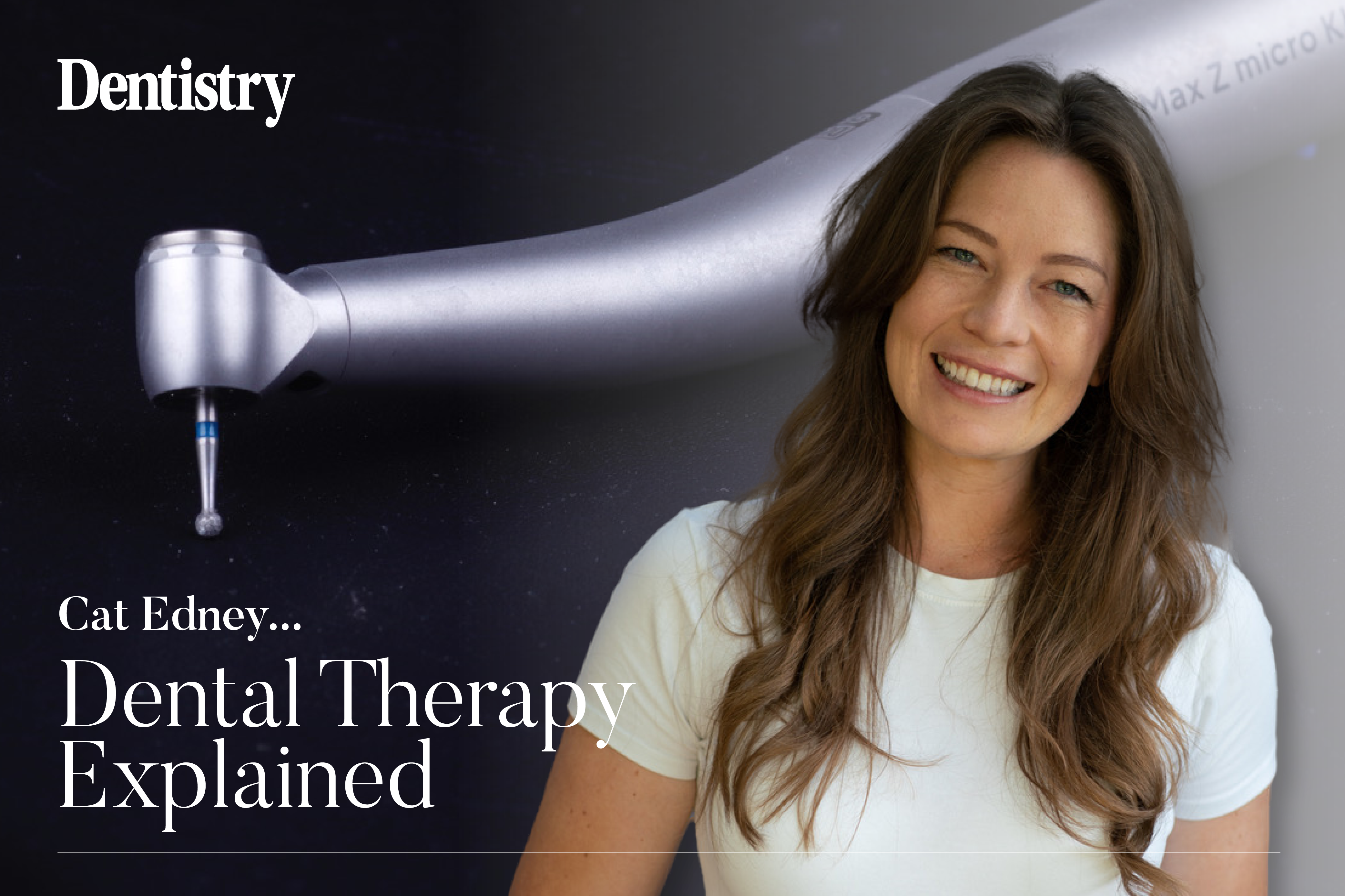
This month, Cat Edney explains how dental therapists can create a portfolio that showcases their skills and the type of work that interests them.
The term portfolio has a varying range of definitions depending on your industry and also your understanding. In project management, it would be the group of projects you are overseeing. In finance, it would be seen as all of your investments and holdings.
In dentistry it is often seen as needing to be a wide range of images of your work. However, creating an excellent portfolio can go far beyond images of restorations or of clean teeth.
The growing trend of dental therapists being integrated into shared care, both within the NHS and private primary care settings, has seen a large number of dental therapists now contacting me for help putting together a portfolio to both demonstrate their suitability for the role but also to showcase their scope of practice.
A great many questions are still asked on dental forums about the scope of practice of a dental therapist. However, the ultimate decision on scope lays with the therapist who may choose to limit theirs or have a special interest in one area.
This is where portfolio building becomes an art. It is a body of work that demonstrates who you are as a clinician – what techniques you employ and what interests you have. With that in mind these are my top tips for a well-considered and succinct portfolio.
1. Photography
It is no secret that I am a strong believer in visual representation being the best form of communication. What better way to demonstrate what you can do than digital images.
However, this goes further than just demonstrating before and afters. Especially in restorative cases. this is an opportunity to showcase your process from start to finish.
- Do you routinely check occlusion pre-operatively?
- Do you use a rubber dam?
- What are your caries removal endpoints?
- How do you manage matrixing in different circumstances?
By demonstrating these areas of your dental practice, you are already starting a conversation around your personal alignment with other clinicians at the practice. Do you have a similar way of working? Are you in agreement about treating certain clinical situations.
Ensure your photography is clear, in focus, and represents each stage (where possible) of your process.
2. Training and personal development
It is vitally important that you add any postgraduate training and its contents, and your further work post-training within your portfolio. If you have been to postgraduate courses with hands-on elements, include these new skills and images of such (on models included) in this.
This is especially true if you have an interest complimentary to dentistry that you would like to include in your practice, such as acupuncture or nutrition. Your prospective colleagues will need to understand how this fits within dentistry and how you intend to use your skills.
Include a few short lines on how you intend to use the new skills you have learned – how you see this fitting within the practice you are applying to and how this can benefit the practice and patients alike.
3. Special interest
Create your portfolio around the work you want to be doing.
If you have a special interest within your scope then this is the place to demonstrate that. For example, if you really enjoy treating children and you want to focus on paediatric therapy only then it is of little benefit to include lots of work on adults.
Conversely, you should also tailor your portfolio to the practice you would like to work at. If your portfolio only shows periodontal care but you are applying for a job that is specifying that they want an experienced therapist to provide restorative care, it may be difficult for the practice to justify bringing you onboard as an experienced clinician.
4. Showcase
Close your portfolio with an end-to-end clinical case that really showcases your skill. Tell a story with your case – what was the background, what did you do and what was your decision-making process? What was the benefit to the patient, to the practice and how do you feel reflecting on the case?
Include follow up if you have it. Your portfolio is your chance to demonstrate what you can achieve when you are in the right role with the right support.
I often think back a number of years ago when I started working with a new associate who hadn’t worked with a dental therapist before. We were developing a shared care model and I was trying to encourage an open-door culture within the practice in order to support a better referral process. I was often popping my head into the associate’s room to chat about work we had done, or patients I had seen that would soon be landing in their diary.
This particular day I had just uploaded a few images of the full process of a premolar restoration. I clicked through the images and chatted about the case as I was particularly pleased with the outcome. In the following months, I received a record number of premolars referred to me by this associate. In their eyes, I had become the person to send premolars to.
Portfolios are the power to communicate what you are about as a clinician. The art is getting buy-in from the person looking at it.
New hands-on composite course dates have been released: www.the-modern-therapist.co.uk.
Catch up with Cat’s previous columns:
- Creating confidence in dental therapy
- Dental therapists – recruitment, renumeration, retention
- Implementing the therapy-led model
- Digital dental therapy
- Education and personal development.
Follow Dentistry.co.uk on Instagram to keep up with all the latest dental news and trends.


